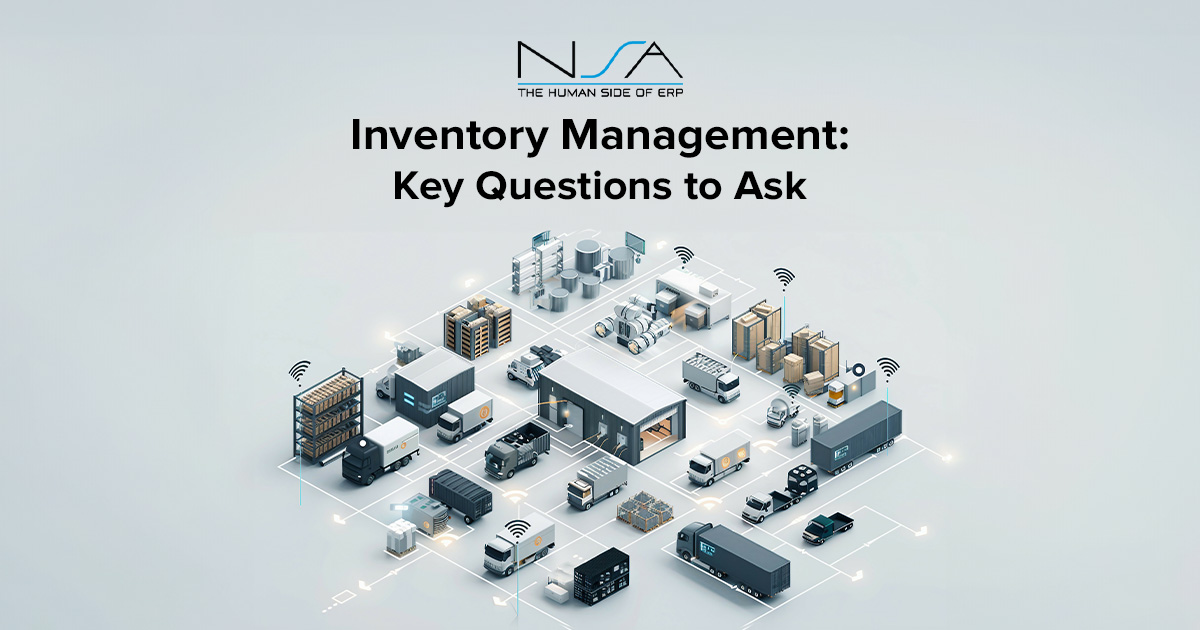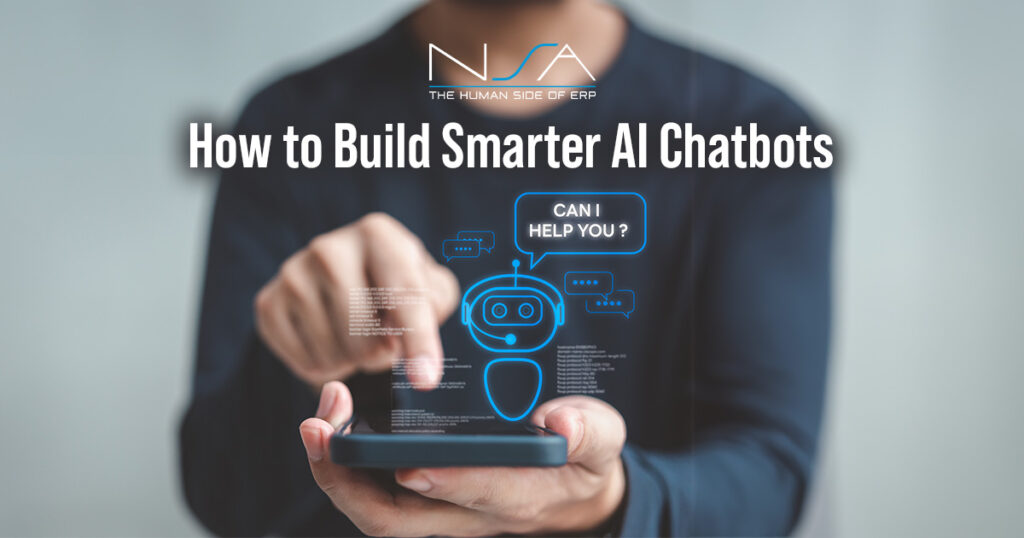In today’s fast-paced digital world, AI chatbots have become an indispensable tool for businesses looking to streamline customer interactions and enhance operational efficiency. With advancements in Artificial Intelligence (AI) and Machine Learning (ML), chatbots are evolving beyond simple Q&A systems to sophisticated virtual assistants capable of handling complex tasks.
Large Language Models (LLMs)
The need for conversational style ‘communication’ in natural language will increasingly become a key interaction channel between humans and machines.
Learn from Vignesh Subramanian, VP of Product Development at Infor, as he shares insights on “How to Build Smarter AI Chatbots.” We review the key components, best practices, and insights from his interview, below.
“As a developer building chatbots, the key is to create agents that can service complex requests. An ‘agent’ is essentially an application that creates cascading business logic leveraging a series of LLM prompts. Agents are responsible for decision-making throughout the session such as selecting the right data source, fetching the answer, interrogating further, and moderating the final response,” clarified Infor’s Subramanian.
Understanding the Role of AI in Chatbots
AI enables chatbots to analyze user inputs, comprehend natural language, and provide contextually relevant responses. By leveraging Machine Learning algorithms, chatbots can continuously improve their performance over time, offering more personalized and efficient interactions.
Key Components of an AI Chatbot – Creating a successful AI chatbot requires careful consideration of several key components:
- Natural Language Processing (NLP) – NLP forms the backbone of AI chatbots, enabling them to understand and interpret human language. Through techniques such as sentiment analysis and entity recognition, NLP empowers chatbots to extract meaning from user queries and generate appropriate responses.
- Machine Learning Algorithms – Machine Learning algorithms enable chatbots to learn from past interactions and adapt their behavior accordingly. By analyzing vast amounts of data, chatbots can identify patterns, predict user intent, and deliver tailored responses, thereby enhancing the user experience.
- Integration with Backend Systems – To maximize their utility, AI chatbots must seamlessly integrate with backend systems such as Customer Relationship Management (CRM) software, inventory management systems, and e-commerce platforms. This integration enables chatbots to access real-time data and perform actions such as order processing, product recommendations, and customer support.
Best Practices for Building Smarter AI Chatbots – To ensure the success of your AI chatbot initiative, consider the following best practices:
- Define Clear Objectives – Before embarking on the development process, clearly define the objectives and use cases for your chatbot. Whether it’s improving customer support, automating routine tasks, or driving sales, having a clear understanding of your goals will guide the design and implementation process.
- Design Intuitive User Interfaces – The user interface (UI) plays a crucial role in shaping the user experience of your chatbot. Design an intuitive and user-friendly interface that facilitates seamless interactions and minimizes friction. Incorporate features such as buttons, menus, and quick replies to guide users through the conversation flow.
- Personalize Interactions – Personalization is key to delivering engaging and relevant experiences through AI chatbots. Leverage user data and preferences to tailor the conversation flow, recommendations, and responses to individual users. By offering personalized interactions, you can enhance user satisfaction and foster long-term engagement.
- Continuously Monitor and Improve – Building smarter AI chatbots is an iterative process that requires continuous monitoring and improvement. Analyze user feedback, interaction logs, and performance metrics to identify areas for optimization and refinement. Iterate on your chatbot’s design, functionality, and capabilities to ensure ongoing relevance and effectiveness.
AI chatbots have emerged as powerful tools for businesses seeking to enhance customer engagement, streamline operations, and drive growth. By harnessing the power of Artificial Intelligence and Machine Learning, organizations can build smarter chatbots capable of delivering personalized, efficient, and intuitive interactions.
By following best practices such as defining clear objectives, designing intuitive user interfaces, personalizing interactions, and continuously monitoring and improving performance, you can create AI chatbots that revolutionize your business operations and delight your customers.
For more insights on building smarter AI chatbots and leveraging the latest technologies for distribution success, contact NSA Professional Services today. As a trusted partner of Infor, NSA specializes in helping distributors implement and maintain Infor CloudSuite Distribution (CSD) – a modern cloud-based ERP platform designed specifically for distributors. Transform your business with intelligent AI chatbots and NSA’s expert guidance.



